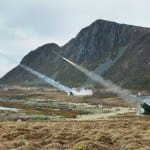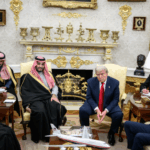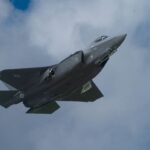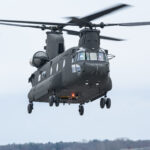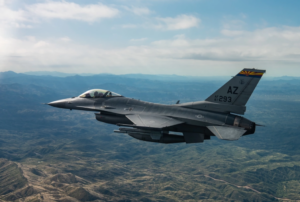
The U.S. will begin training Ukrainian pilots on F-16 fighter jets within weeks, the Pentagon said on Thursday. Air Force Brig. Gen. Patrick Ryder, the Pentagon press secretary, told reporters the department anticipates “several pilots and dozens of maintainers” from Ukraine will participate in the training effort, which will begin with English language training in September and then F-16 flight training in October. “The training provided by the United States will complement the F-16 pilot and maintenance training that’s already…

 By
By 